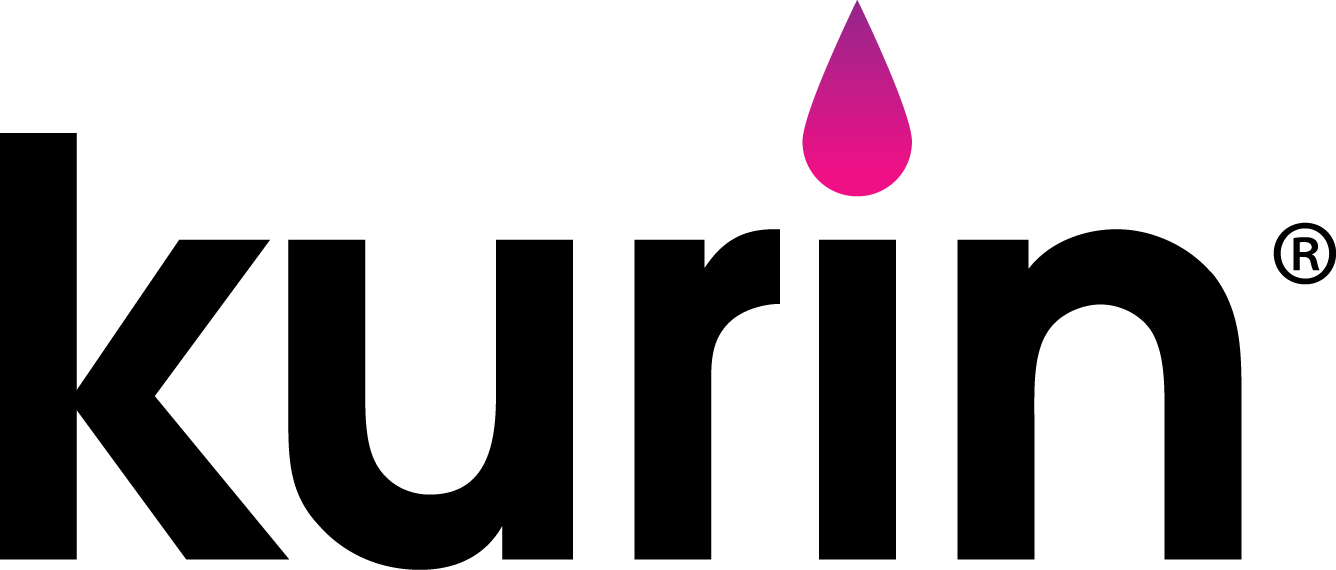It takes more than Education!
Suburban Emergency Department, Midwest
Key Takeaways
- Education and blood culture collection kits set a baseline blood culture contamination (BCC) rate of just under 4% for a calendar year.
- Education, a dedicated BC collection team, and accountability enabled the facility to average ~3% for the following year.
- The introduction of Kurin Lock® significantly lowered the average BCC rate to 1.4% (a 63% decrease) for 2+ years.
- Utilizing their own calculations, the hospital estimates cost avoidance savings from their combined efforts at ~$2 million over the two years.
The Situation
This case study highlights the multi-pronged efforts of a single Midwestern emergency department to reduce blood culture contamination (BCC). Over a four-year period, they emphasized education and accountability, but it wasn’t until they added Kurin technology to the mix that they met and sustained their goals.
Baseline Performance
With an unacceptable historical BCC rate, ED leadership established a 3% goal, focused on best practices and education, which resulted in a rate a little below 4% but was subject to wide fluctuations, as high as 5%. Adding a custom blood culture kit caused rates to increase, so these were abandoned. The facility moved to dedicated techs for collection, eliminating RN draws, and made BCCs an employee performance metric, which helped stabilize their rates at 3%.
Kurin Implementation and Process
In February 2019, the ED implemented the Kurin Lock and no additional changes were made. For two years, rates averaged less than 1.5%, with no single month higher than 2.2%. The fact that this significant rate decrease occurred during the COVID-19 pandemic is even more impressive.
Summary
Continuous education and accountability played important roles in this ED’s effort to address the clinical and financial problems caused by BCCs. However, these tactics alone did not deliver the optimal results, and it was only through the addition of Kurin technology that they were able to meet their goals. They worked with their finance department to determine the financial impact of these contaminations and found an average cost differential of about $5,800 per contamination. Given their volume of cultures, they estimate this single ED saved approximately $2 million over the two years. With the impending change to the 1% target, this facility is now better able to meet and sustain their goals.
